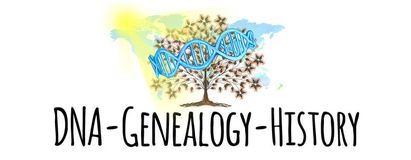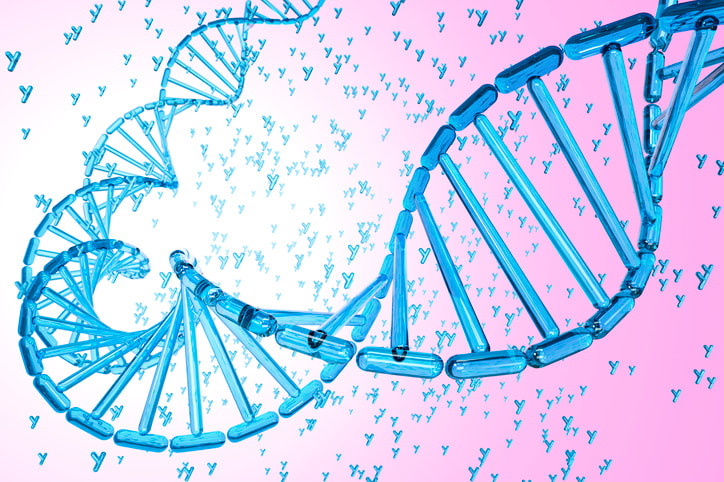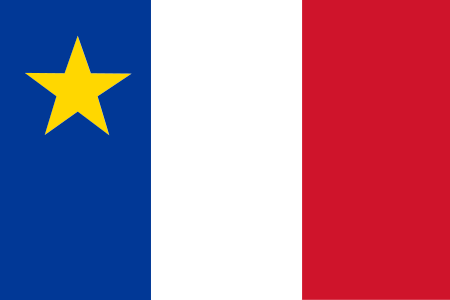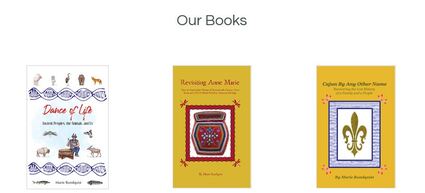Big Y 700 DNA test results yield new haplogroup branches and “Time Trees” for C-P39 Y DNA haplogroup and Germain Doucet b. 1641 descendants ... by Marie Rundquist with Deadra Doucet Bourke, Contributor February 22, 2023 Introduction
The discovery of the C-P39 Native Y chromosome DNA signature for genetic male descendants of Germain Doucet b. 1641, in 2008, had great significance for genealogists because the Native Y DNA signature attained for this line (1.) disproved a European ancestry for Germain Doucet b. 1641, (2.) disproved a father-son relationship between Germain Doucet b. 1641 and Germain Doucet Sr. of France and (3.) disproved that Pierre Doucet (b. ca 1621) and Germain Doucet (b. 1641) were blood brothers having descended from the same father. Through exhaustive Y Chromosome DNA testing of numerous male, paternal line Doucet / Doucete descendants of Germain Doucet b. 1641, who was from Port Royal, Nova Scotia, Canada, our Acadian-Amerindian and C-P39 Y DNA projects have uncovered, validated, and then verified a Native American Y Chromosome DNA haplogroup signature (originally referred to as haplogroup C3b and now referred to as haplogroup C-P39) for his descendants through sons Charles, Claude and Laurent. In 2019, the C-Z30754 single nucleotide polymorphism (SNP), or genetic marker, a subclade of the C-P39 Y DNA haplogroup, was identified as unique to genetic male, patrilineal (father to father) descendants of Germain Doucet b. 1641 through advanced Big Y 700 DNA testing. Y chromosome DNA is inherited through patrilineal line of descent and is passed, from one generation to the next, virtually unchanged, from father to father. Y chromosome DNA tests are separate test from mitochondrial and autosomal DNA tests and are for genetic males only. The C-Z30754 marker also identified a new subclade of the C-P39 Y DNA haplogroup to which male descendants of Germain Doucet b. 1641 belong. Genetic male descendants of Germain Doucet b. 1641 who have had advanced Big Y 700 DNA test show a positive result for this marker (C-Z30754+) and the C-P39 marker (C-P39+) in Big Y 700 DNA test results. Since the original identification of the C-Z30754 subclade as unique to the Germain Doucet b. 1641 surname lineage, new and unexpected branches, or subclades, of the C-Z30754 haplogroup have emerged among the Big Y 700 DNA test results of genetic male descendants of Germain Doucet b. 1641. Further study of these new branches, and the SNPs (or genetic markers) that identify them, reveal that each new branch aligns, one-for-one, with a known surname lineage through a specific patrilineal line – traced from father to father - within the Germain Doucet b. 1641 family tree. The purpose of this update is to show how all of this works – and introduce some fascinating new Big Y 700 DNA tools and capabilities we may all use for our own genetic genealogy research at the same time! Note: Click here to read the rest of the report -- and find out about some surprising new discoveries about Doucet DNA we came upon in our research! Université Sainte-Anne Centre acadien is a truly excellent genealogy / family history resource for those researching Acadian roots in Nova Scotia, Canada. So glad to see it's back! Pointe-de-l'Église (N.-É.), December 21, 2022. "Matthias Duc, new director of the Center acadien." (Note: To enable auto-translation from French to English, please copy paste the link to the article above into your Chrome browser and use the translate to English button provided.)
From the news release: "Université Sainte-Anne is pleased to announce that Matthias Duc, archivist, librarian and information science specialist, will assume the full-time role of director of the Center acadien as of January 1 , 2023. Mr. Duc holds two graduate degrees, a master's degree in communication sciences and a master's degree in information sciences, both from the University of Montreal." Link to: https://www.usainteanne.ca/index.php?option=com_acym&ctrl=archive&task=view&id=823 Past President of the Acadian Memorial, Marty Guidry, related some sad news about our late, Acadian cousin Paul Lewis LeBlanc whose last home was in Ascension Parish, Louisiana:
"Unfortunately, today I learned that Paul LeBlanc passed away on August 24, 2022. He had been in a full-care nursing home for over a year and died from complications of several health issues that he had during the past year." Paul Lewis LeBlanc, as many may recall, was keenly interested in the use of DNA to verify genealogical lines and, ever since I've known him (which was from about 2006 on), Paul was always happy to share his knowledge and research. Paul participated in and led a number of popular mail-lists and groups about genealogical subjects as well and I had the opportunity to meet him, face-to-face, when he attended one of my presentations in Louisiana. With Paul's permission, I had published an article about his surname line, which he had traced, and documented, from himself, to his father, and then to his father, and his father -- all the way back to Daniel LeBlanc of Acadia (b. ca 1626). He did this in conjunction with his Big Y DNA test results he had received in October of 2020. He was pleased to discover that he could prove his line genealogically and also through his Y DNA test results, which matched those of other men who shared his same patrilineal ancestor, Daniel LeBlanc, b. ca1626. Needless to say, I was very delighted (and somewhat relieved) to report that Paul LeBlanc's Y chromosome DNA matched with the Y chromosome DNA results, and the Y DNA haplogroup, established for other LeBlanc men who descended from Daniel LeBlanc. When you are dealing with a genealogist whose Y chromosome DNA is so tightly intertwined with his esteemed Acadian surname lineage, and so, his very soul, as was Paul's, waiting for a Y DNA test result to come in can be an anxious affair! Sometimes, we have a brief opportunity to hear a story and we have to take it down, and publish it, while it's there in front of us. This is precisely what happened with Paul. Paul gave me one shot to send his Y chromosome DNA sample off to Family Tree DNA for the Advanced Big Y 700 DNA test (done!) and then one more, very brief opportunity to publish some notes about his family history (and we did that too!). As we called for contributions from the Acadian genealogy community so that we could fund Paul's Big Y 700 DNA test, and later worked together to document his line, I felt like I was led by a guiding hand -- and Paul's insistent urging. Looking back, I believe Paul knew that time was of the essence. And so, we have the following article that resulted from these efforts (You are welcome to share the article as I had permission from Paul to do the same): https://dna-genealogy-history.com/travel-by-ancestry/travel-by-ancestry-to-the-big-y-dna-signature-r-ft55255-for-the-lineage-of-acadian-ancestor-daniel-leblanc-b-ca-1626 Since the article was published, we have gained over 2050 members in the Acadian Amerindian Ancestry DNA project (the image in the article is old), and we have extensive updates to the Y DNA "tree." While the work continues with more Big Y 700 DNA kits ordered for our project members just this week, the genealogy that comprises Paul LeBlanc's story, as written, remains constant, and this post is going to be one of the places where Paul Lewis LeBlanc is honored and remembered, and I do so tonight. May you rest in peace, Paul Lewis LeBlanc, b. 1946, d. 2022. From your cousin in Acadian Genealogy, --Marie Asse'lia Rundquist |
Archives
June 2025
Categories
All
|
DNA-Genealogy-History.com Site Index:
Copyright 2025 Marie Rundquist., DNA Genealogy History, LLC
DNA Genealogy History, LLC is a registered S Corporation with the State of Virginia and the Federal Government since 2017, is a retailer and distributor of books and digital publications, and is certified, authorized and empowered to collect Sales and Use Tax for the Commonwealth of Virginia.
E-Mail Your Comments to [email protected]
This website is not intended for users located within the European Economic Area.
DNA Genealogy History, LLC is a registered S Corporation with the State of Virginia and the Federal Government since 2017, is a retailer and distributor of books and digital publications, and is certified, authorized and empowered to collect Sales and Use Tax for the Commonwealth of Virginia.
E-Mail Your Comments to [email protected]
This website is not intended for users located within the European Economic Area.






 RSS Feed
RSS Feed
